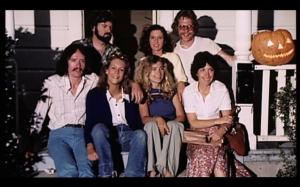

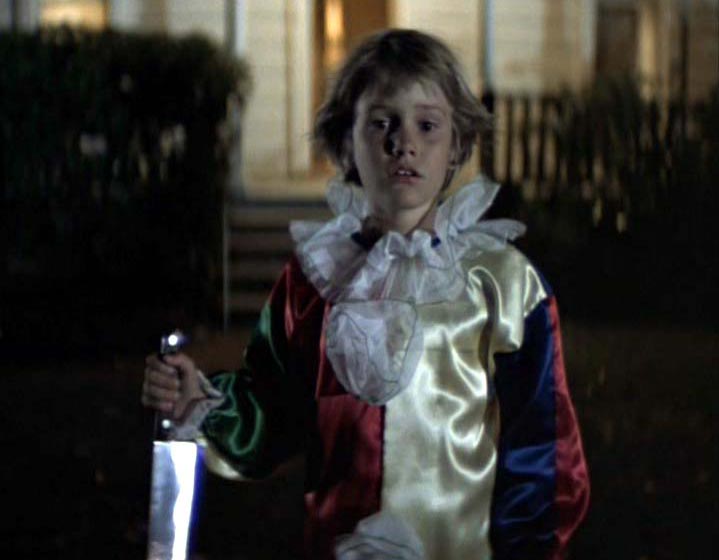

Production Credits:
Director: John Carpenter | Producer: Debra Hill, John Carpenter, Irwin Yablans and Moustapha Akkad | Screenplay: Debra Hill and John Carpenter | Cinematographer: Dean Cundey | Country of Origin: USA | Year: 1978| Running Time: 91 min.
Principal Cast: Donald Pleasence, Jamie Lee Curtis, P.J. Soles, Nancy Loomis, Charles Cyphers

When writing about horror films, no list is complete without John Carpenter’s 1978 independent horror film Halloween. The film has been credited as the first in a long line of slasher films (which were inspired by Alfred Hitchcock’s Psycho) but unlike many of its imitators, Halloween contains little graphic violence and gore.
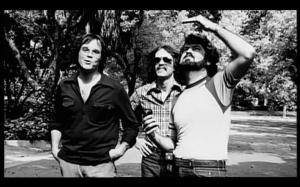
Much of the credit for the concept which would become Halloween, must go to its producer Irwin Yablans. He had the concept for a horror film about a psychotic killer that stalked babysitters. As Yablans would say in an interview with Fangoria magazine, “I was thinking [of] what would make sense in the horror genre, and what I wanted to do was make a picture that had the same impact as The Exorcist.” After viewing Assault on Precinct 13 (1976), Yablans sought out its director John Carpenter to write and direct the film. Carpenter and his then-girlfriend Debra Hill began drafting a story originally titled The Babysitter Murders, but, as Carpenter told Entertainment Weekly, Yablans suggested setting the movie on Halloween night and naming it Halloween instead.

Many script details were drawn from Carpenter and screenwriter/producer Hill’s adolescence and early careers. The fictional town of Haddonfield, Illinois was derived from Haddonfield, New Jersey, where Hill grew up, and most of the street names were taken from Carpenter’s hometown of Bowling Green, Kentucky. Hill wrote most of the dialog for the female characters, while Carpenter concentrated on Dr Loomis’s speeches. Character names came from both personal and professional sources such as the character of Laurie Strode, (who was according to Hill, named after John Carpenter’s first girlfriend) and the character of Michael Myers who was named after the European distributor of Carpenter’s previous film, Assault on Precinct 13. Carpenter paid homage to Alfred Hitchcock with two characters’ names: Tommy Doyle is named after Lt. Det. Thomas J. Doyle from 1954’s Rear Window, and Dr. Loomis’ name was taken from Sam Loomis, the boyfriend of Marion Crane in 1960’s Psycho.
 Syrian American film producer Moustapha Akkad fronted the $320,000 for
the film’s budget, considered low at the time (Carpenter’s previous
film, Assault on Precinct 13, had an estimated budget of
$100,000). While Akkad was worried over the tight, four-week schedule,
and Carpenter’s limited experience as a filmmaker, he told Fangoria,
“Two things made me decide. One, Carpenter told me the story verbally
and in a suspenseful way, almost frame for frame. Second, he told me he
didn’t want to take any fees, and that showed he had confidence in the
project”. Carpenter received $10,000 for directing, writing, and
composing the music, retaining rights to 10 percent of the film’s
profits. Carpenter would spend half of his budget on the Panavison
cameras so the film would have a 2:35:1 scope and as a result struggled
to stretch the remaining funds.
Syrian American film producer Moustapha Akkad fronted the $320,000 for
the film’s budget, considered low at the time (Carpenter’s previous
film, Assault on Precinct 13, had an estimated budget of
$100,000). While Akkad was worried over the tight, four-week schedule,
and Carpenter’s limited experience as a filmmaker, he told Fangoria,
“Two things made me decide. One, Carpenter told me the story verbally
and in a suspenseful way, almost frame for frame. Second, he told me he
didn’t want to take any fees, and that showed he had confidence in the
project”. Carpenter received $10,000 for directing, writing, and
composing the music, retaining rights to 10 percent of the film’s
profits. Carpenter would spend half of his budget on the Panavison
cameras so the film would have a 2:35:1 scope and as a result struggled
to stretch the remaining funds.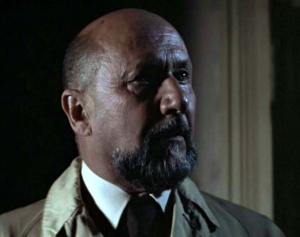
When it came to casting, Carpenter first approached Peter Cushing and Christopher Lee to play the Sam Loomis role but both turned him down. Lee later said it was the biggest mistake he had ever made in his career. Veteran English actor Donald Pleasence eventually took the part. Pleasence would later confess to John Carpenter that the main reason he took the part was because his daughter Angela loved Carpenter’s Assault on Precinct 13. Due to the tight budget, he was paid $20,000 for 5 days work, however the total duration of his scenes is just over 18 minutes. Carpenter was initially quite intimidated by the actor, of whom he was a big fan and who was easily the oldest and most experienced person on set but by the end of filming the two became great friends.
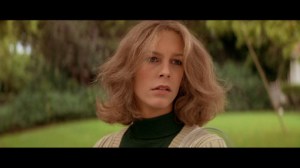 For the lead role of Laurie Strode, Anne Lockhart, the daughter of June Lockhart from Lassie,
was John Carpenter’s first choice. However, Lockhart had commitments to
several other film and television projects. In an interview, Carpenter
admits that “Jamie Lee wasn’t the first choice for Laurie. I had no
idea who she was. She was 19 and in a TV show at the time, but I didn’t
watch TV.” It was of learning that Jamie Lee was the daughter of Psycho
actress Janet Leigh, that helped her land the part for as Hill said
later “I knew casting Jamie Lee would be great publicity for the film
because her mother was in Psycho.” Halloween would be
Curtis’ feature film debut and launched her career as a “scream queen”
horror star. She was paid a reported $8,000 for her efforts. Another
relatively unknown actress, Nancy Kyes, who had previously starred in Assault on Precinct 13, was cast as Laurie’s friend Annie Brackett.
For the lead role of Laurie Strode, Anne Lockhart, the daughter of June Lockhart from Lassie,
was John Carpenter’s first choice. However, Lockhart had commitments to
several other film and television projects. In an interview, Carpenter
admits that “Jamie Lee wasn’t the first choice for Laurie. I had no
idea who she was. She was 19 and in a TV show at the time, but I didn’t
watch TV.” It was of learning that Jamie Lee was the daughter of Psycho
actress Janet Leigh, that helped her land the part for as Hill said
later “I knew casting Jamie Lee would be great publicity for the film
because her mother was in Psycho.” Halloween would be
Curtis’ feature film debut and launched her career as a “scream queen”
horror star. She was paid a reported $8,000 for her efforts. Another
relatively unknown actress, Nancy Kyes, who had previously starred in Assault on Precinct 13, was cast as Laurie’s friend Annie Brackett.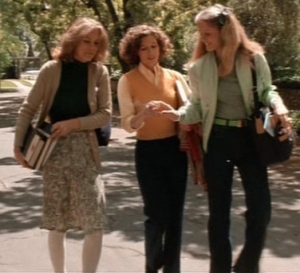
The part of Lynda was written specifically for P.J. Soles after Carpenter saw her performance in Carrie. Since Soles was dating Dennis Quaid at the time of filming, both Carpenter and Hill wanted to cast him in the role of Lynda’s boyfriend Bob. Unfortunately, Quaid was busy working on another project and John Michael Graham was cast in the role instead.
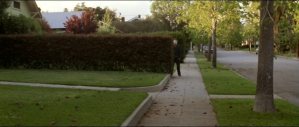
The “Myers” house was actually an abandoned house owned by a church. However, since the house had to look ordinary (and furnished) for the early scenes with the young Michael Myers, almost the whole cast and crew worked together to clean the place, move in furniture, put up wallpaper, and set up running water and electricity, and then take it all out when they were through.
Since there was no money for a costume department, all of the actors wore their own clothes. Jamie Lee Curtis went to J.C. Penney and spent less than a hundred dollars on Laurie Strode’s wardrobe.

As the film was shot out of sequence, John Carpenter created a fear meter so that Jamie Lee Curtis would know what level of terror she should be exhibiting. Curtis was so disappointed with her performance that she became convinced she would be fired after only the first day of filming. When her phone rang that night and it was John Carpenter on the phone, Curtis was certain it was the end of her movie career. Instead, Carpenter called to congratulate her and tell her he was very happy with the way things had gone.
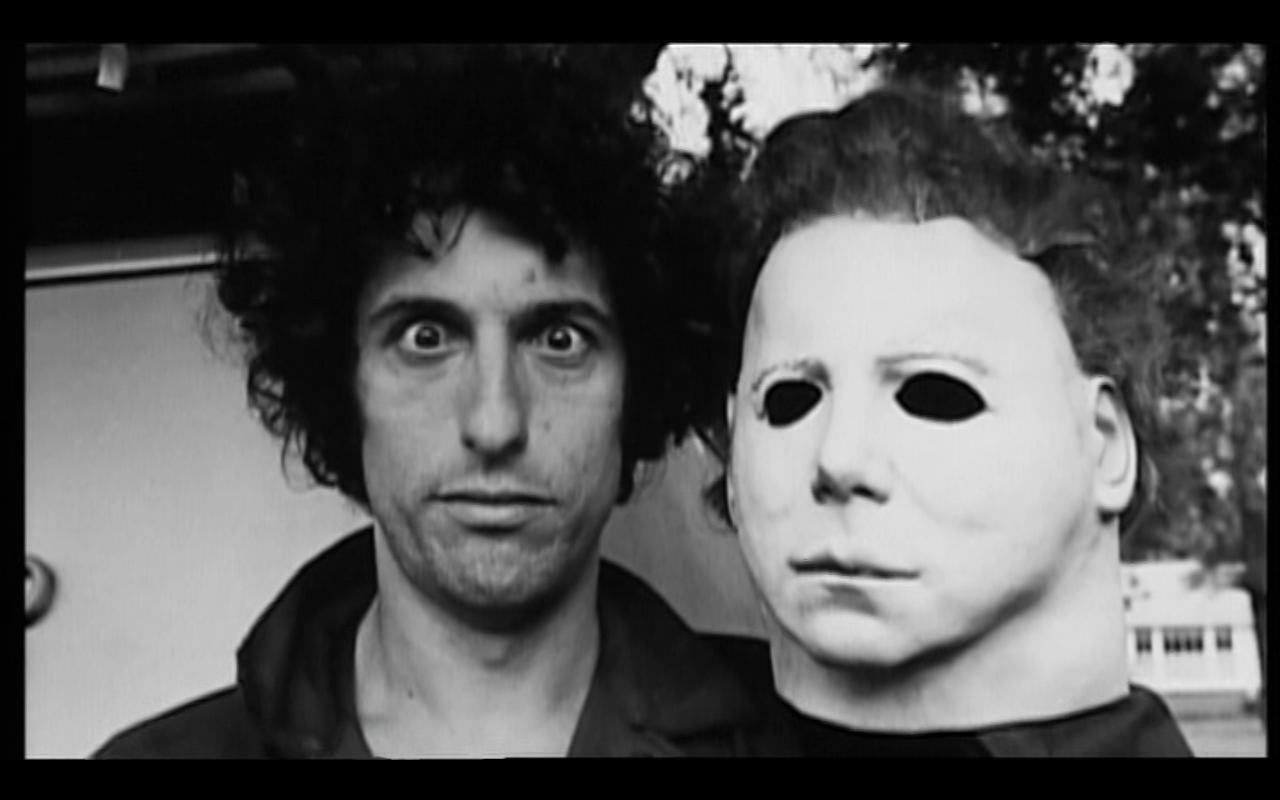
The trademark mask worn by Michael Myers is the work of Tommy Lee Wallace, who served as the film’s production designer, art director, location scout and co-editor. The filmmakers originally approached Don Post Studios (the famous California mask making company) about custom making an original mask for use in the film with points in the movie as payment but they were turned down. Wallace ended up purchasing a $1.98 Star Trek William Shatner mask, widening the eye holes and spray-painting the flesh a bluish white; turning it into the iconic mask audiences know today. As Carpenter later recalled, “the script… said Michael Myers’s mask had ‘the pale features of a human face’ and it truly was spooky looking. It didn’t look anything like William Shatner after Tommy got through with it.” For years, Shatner had no idea his likeness was used for this film and only found out during an interview when someone mentioned his mask was being used. He has since stated that he is honored by this gesture.
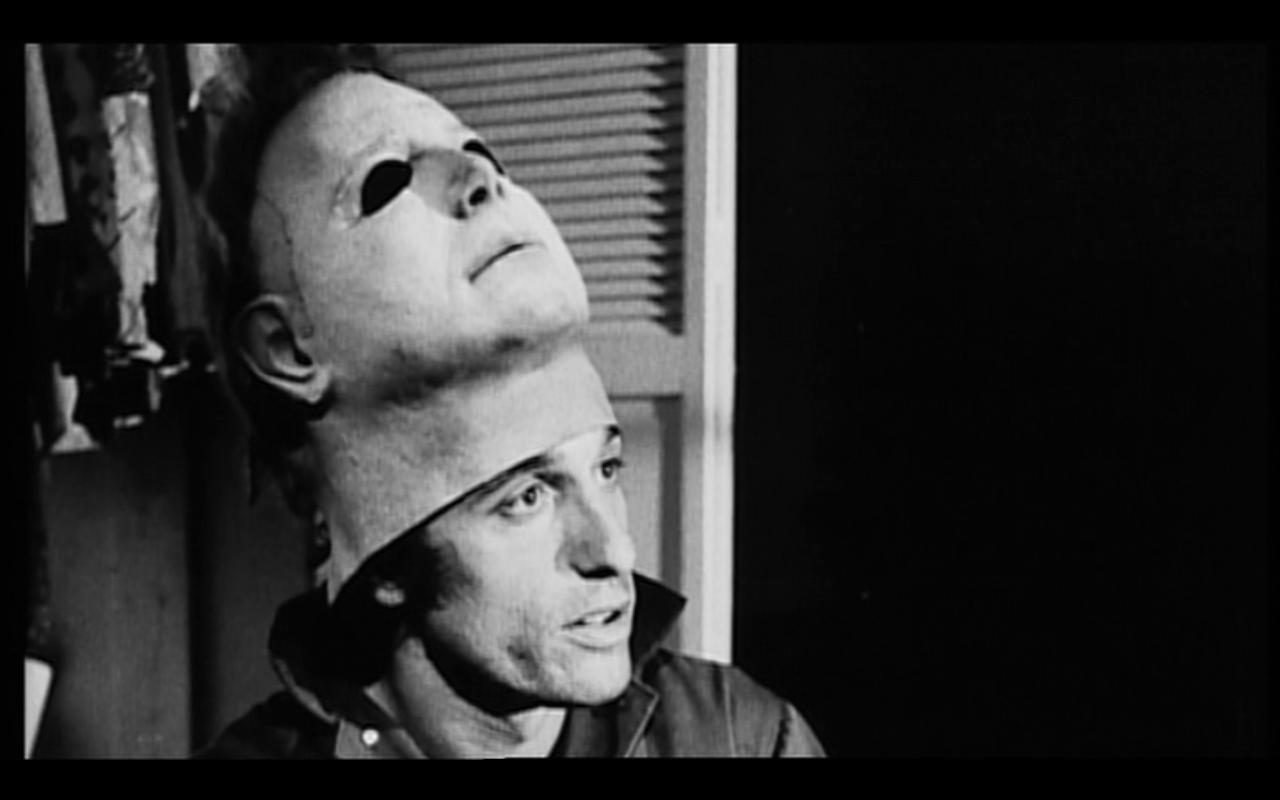
Carpenter and Hill have stated many times over the years that they did not consciously set out to depict virginity as a way of defeating a rampaging killer. The reason the horny teens all die is simply that they’re so preoccupied with getting laid they don’t notice there’s a killer at large. Laurie Strode, on the other hand, spends a lot of time on her own and is therefore more alert.

The television rights to Halloween were sold to NBC for $4 million in 1980 and the film appeared on television for the first time in October 1981.To fill the two-hour time slot, extra scenes had to be added and Carpenter filmed these during the production of Halloween II against his better judgment. The network version had a different climax: when Dr. Loomis shoots Michael Myers in the end you can only hear the shots from outside the house while in the theatrical version you can see how he shoots him. Also, the network version replaces 12 minutes of violent footage with less gory scenes.
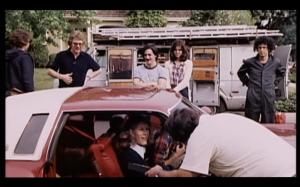
From a budget of $320,000 the film went on to gross $47 million at the US box office. In 2008 takings that would be the equivalent of $150 million, making Halloween one of the most successful independent films of all time. The influence of Halloween on later films is obvious as many of its techniques and plot elements have become standard slasher film fare. Halloween ranked #68 on the American Film Institute 2001 TV program 100 Years…100 Thrills and #14 on Bravo’s The 100 Scariest Movie Moments (2004). In 2006, it was selected for preservation in the United States National Film Registry by the Library of Congress as being “culturally, historically, or aesthetically significant”
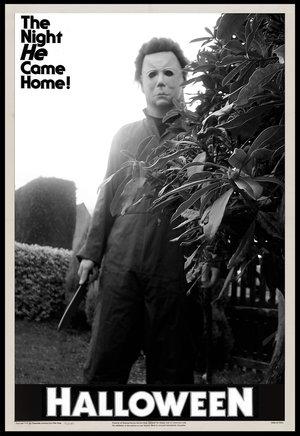
Some Interesting Trivia:
Originally, Nick Castle (who played the Shape/Michael Myers) was on set just to watch the movie be filmed. It was at the suggestion of John Carpenter that he took up the role.
Of the female leads (all the girls are supposed to be in high school), only Jamie Lee Curtis was actually a teenager at the time of shooting.
Nancy Kyes is credited in the film as Nancy Loomis.
The voice of Paul, Annie’s boyfriend was none other than director John Carpenter.
Local families dressed their children in Halloween costumes for trick-or-treat scenes.
In the film the kids watch the opening of The Thing From Another World (1951) on TV. Carpenter would later re-make this film himself in 1982 as The Thing (1982).
Originally the script had Dr. Loomis having a surprised reaction to the disappearance of Michael Myers’s body from the lawn at the end of the film. Donald Pleasence suggested his character’s reaction should instead be an “I knew this would happen” look on his face. They shot it both ways and ended up using Pleasance’s idea.
P.J. Soles went to a screening of the movie after it was released, sitting in the 4th row of a regular audience. She was very amused, when during her nude scene and line of “see anything you like?” a male audience member in front yelled out “hell yes I do!” unaware she was right behind him.

No comments:
Post a Comment